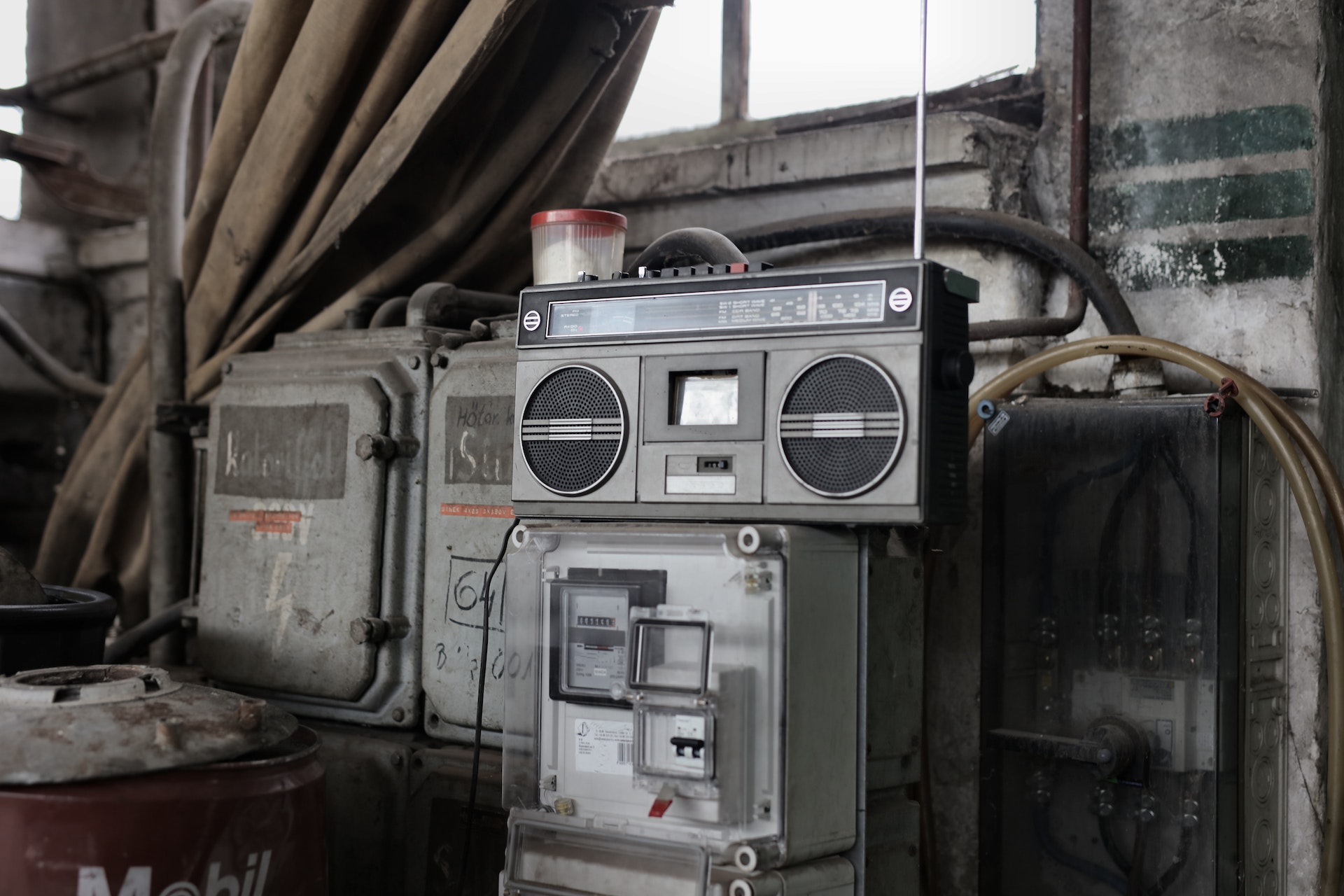Natural disasters significantly threaten power grids; storms and even high winds can cause substations to go offline and damage power lines. These events cause substantial financial losses for electric companies and a headache for those without power. Preparation is the key to preventing this disaster before it strikes. Cities face significant challenges when it comes to power distribution. The abundance of construction and consumer demand for new homes has created a chaotic network of power supplies, which can lead to further costs if management needs to be appropriately done. With this in mind, here are five ways to strengthen your city’s power system against storms.
1- Implement Smart Grid Technologies
Innovative grid technologies can help cities monitor their power systems in real-time, allowing them to identify and address issues that arise during storms quickly. This includes sensors and other monitoring devices that detect power outages and other problems and automated systems that promptly reroute power and restore service. Power grid failure can cause issues for a large community, disrupting power supply and voltage. Infrastructure made from outdated technologies and materials may lead to damage from storms and natural hazards or even severe injuries or deaths.
2- Strengthen Infrastructure
Upgrading infrastructure such as power lines, transformers, and substations can help cities withstand the impact of storms. Cities can consider investing in underground power lines, less vulnerable to damage from high winds and falling trees, or upgrading existing power lines with more durable materials. Infrastructural upgrades can also reduce the chances of outages by preventing storm damage.
3- Develop a Comprehensive Emergency Response Plan
Cities should have a comprehensive emergency response plan with strategies for restoring power after a storm. This includes protocols for assessing damage, prioritizing repairs, and communicating with residents about outages and restoration efforts. Planning for various circumstances can help electric providers respond more efficiently and improve power restoration efforts.
4- Build Resilience into Power System Design
When designing new power systems or upgrading existing ones, cities can build resilience features such as redundant power sources, backup generators, and battery storage. This can help ensure critical facilities such as hospitals, emergency response centers, and shelters remain powered during and after a storm. When designing new power systems, cities should also consider the effect of climate change and other variables such as temperature, altitude, and precipitation on their power grid.
5- Invest in Renewable Energy
Investing in renewable energy sources such as solar and wind power can help cities reduce reliance on traditional power sources vulnerable to storm damage. By diversifying their energy portfolio, cities can improve their overall energy resilience and reduce the risk of widespread outages during severe weather events. Green energy solutions such as solar can also benefit cities by lowering emissions and making them more environmentally sustainable.
Power systems are subject to various potential threats – from severe weather and power surges to cyberattacks. These threats can cause outages that disrupt the lives of millions of people and cost governments and businesses untold millions in losses. The government should partner with responsible organizations should do what they can to protect themselves with the right strategies, technologies, and equipment. This will help them control events during an emergency so that regular service can be resumed as quickly as possible when the storm clouds have passed.









